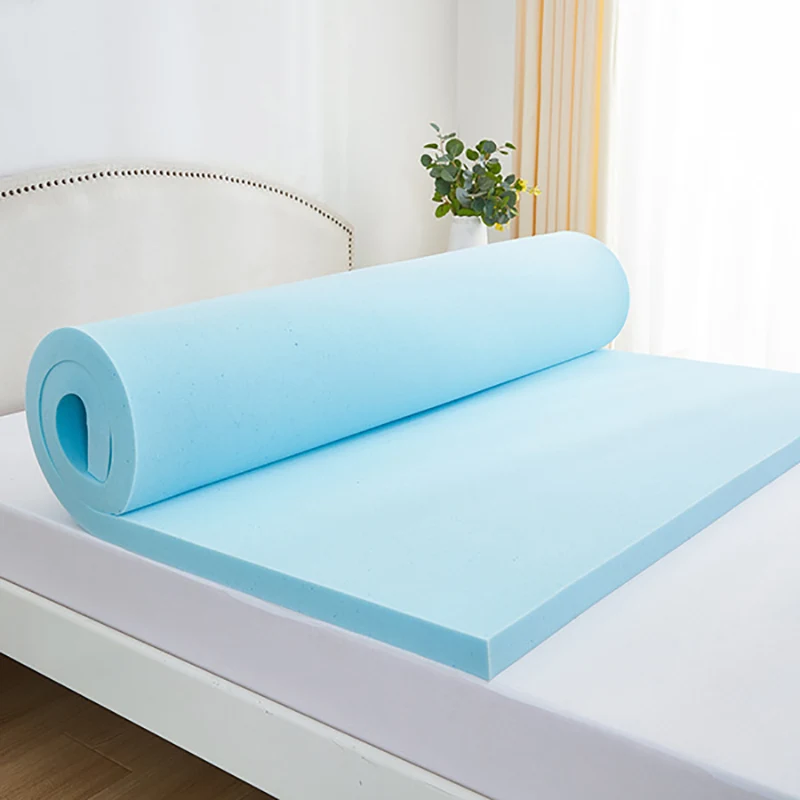How to Compress a Memory Foam Mattress at Home: A Step-by-Step Guide
2024-12-13
Compressing a memory foam mattress is a handy skill, especially when moving or storing it. While it may seem challenging due to the mattress's bulkiness and density, the process is manageable with the right tools and precautions. Here's how you can safely compress a memory foam mattress at home.
Tools You’ll Need:
1. Vacuum storage bag or heavy-duty plastic mattress bag
2. Ratchet straps or strong ropes
3. A vacuum cleaner with a hose attachment
4. Duct tape
5. Scissors
6. Mattress box or transportation bag (optional)

Step-by-Step Instructions
1. Clean and Prepare the Mattress
- Remove Bedding: Take off all sheets, mattress protectors, and toppers.
- Ensure Dryness: Make sure the mattress is clean and dry to prevent mold or odors during storage or transport.
2. Place the Mattress in a Plastic Bag
- Use a heavy-duty plastic bag designed for mattresses. Ensure the bag is large enough to enclose the entire mattress without tearing.
- Slide the mattress into the bag carefully, sealing it with duct tape to make it airtight.
3. Remove the Air
- Attach the vacuum cleaner hose to a small hole in the plastic bag. Use duct tape to secure the hose and ensure no air escapes around it.
- Turn on the vacuum and allow it to suck out the air. This process compresses the mattress as the vacuum removes the internal air from the foam.
Tip: Be patient during this step, as the compression process may take a few minutes.
4. Roll the Mattress
- Once the mattress is flat, begin rolling it tightly from one end to the other.
- As you roll, have someone assist you to keep the mattress compressed.
5. Secure the Roll
- Use ratchet straps or strong ropes to tie the mattress roll securely.
- Ensure the straps are tight enough to maintain compression without damaging the foam.
6. Store or Transport
- Place the compressed mattress into a mattress box or bag if you’re transporting it. This additional layer of protection prevents accidental tears or damage.
Important Tips and Precautions
- Avoid Overcompression: Compressing the mattress too tightly can damage the foam's structure.
- Use High-Quality Materials: Cheap or thin plastic bags may tear, causing the mattress to expand prematurely.
- Work Quickly: Memory foam tends to regain its shape quickly when exposed to air. Complete the rolling and securing process as swiftly as possible.
- Recompress Carefully: Memory foam mattresses are designed to decompress only a few times. Avoid repeating the process frequently.
Compressing a memory foam mattress at home can save you time and money, but always follow these steps with care to maintain your mattress's quality. When you're ready to use it again, simply remove the straps and plastic covering and allow it to fully expand for 24–48 hours.


